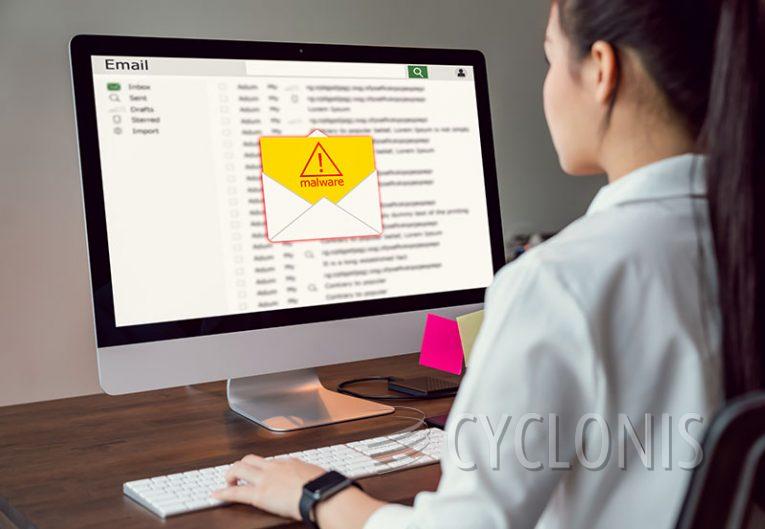Upgrade Mailbox Quota Email Scam

Upon examination of the "Upgrade Mailbox Quota" email, it has been determined to be spam. This phishing email attempts to deceive recipients by asserting that immediate upgrades are needed for their email accounts, with the intention of tricking them into revealing login credentials.
The spam email, often labeled "Disconnection Notice!" (subject may vary), claims that the recipient's mailbox requires upgrading to avoid potential blocking. The alleged necessary updates can be performed by clicking the "Upgrade Mailbox" button. It is crucial to emphasize that the information conveyed in this email is false, and the message is not affiliated with any legitimate service providers or entities.
Upon clicking the button, users are redirected to a phishing website designed to resemble an email sign-in page. Any data entered on this webpage, such as email passwords, is recorded and sent to malicious actors.
It's important to note that since these compromised accounts are frequently linked to other content registrations, hijacked email accounts can lead to the theft of associated platforms. Expanding on the potential misuse, cybercriminals can exploit the stolen identities of social account owners (e.g., emails, social media, social networking, messengers) to solicit donations from contacts, endorse scams, and spread malware through malicious links or files.
Moreover, if confidential or compromising content is discovered on data storage or similar platforms, it may be exploited for blackmail or other malicious purposes. Additionally, stolen finance-related accounts (e.g., online banking, money transferring, e-commerce, digital wallets) can be utilized for fraudulent transactions and unauthorized online purchases.
How Can You Recognize a Scam Email?
Recognizing a scam email is crucial for protecting yourself from various online threats. Here are several signs to help you identify a scam email:
Unusual Email Addresses:
Check the sender's email address. Scam emails often come from suspicious or misspelled addresses that may imitate legitimate ones. Be cautious if the email address seems unfamiliar or differs from the official communication channels of the supposed sender.
Generic Greetings:
Scam emails often use generic greetings like "Dear Customer" instead of addressing you by name. Legitimate organizations usually personalize their emails with your name.
Urgency and Threats:
Scam emails often create a sense of urgency or use threatening language to pressure recipients into taking immediate action. Be skeptical of emails that claim your account will be suspended or that you will face severe consequences if you don't act quickly.
Spelling and Grammar Errors:
Scam emails may contain spelling and grammar mistakes. Legitimate organizations typically have professional communication, so poor language can be a sign of a scam.
Unexpected Attachments or Links:
Be cautious of unexpected attachments or links, especially if the email urges you to download or click on them. Scammers often use these to deliver malware or phishing attacks.
Requests for Personal Information:
Legitimate organizations generally do not request sensitive information (such as passwords or credit card details) via email. Be suspicious of emails asking for personal or financial information.








